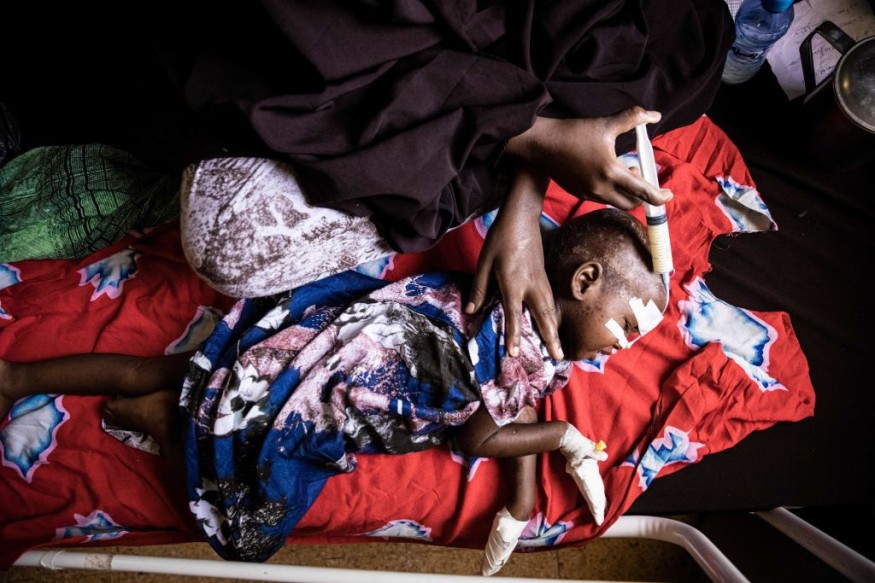Children are starving to death 'right in front of our eyes,' say relief workers, as G7 leaders warn that only massive and immediate financing can prevent famine.

In Dire Need of Help
A UN spokeswoman has warned that only a "huge" and quick increase in funding and humanitarian supplies will save Somalia from famine, as aid workers witness children starving to death "before our eyes" amid fast-rising levels of malnutrition.
In a letter to G7 leaders gathering in Germany beginning Sunday, Michael Dunford, the World Food Programme's (WFP) regional director for East Africa, said states needed to give quickly and generously if the Horn of Africa country was to avert disaster.
"We need money, and we need it immediately," Dunford added. "Will we be able to avoid [a Somali famine]?" It won't be conceivable unless there is a tremendous scaling-up. At this point, the only way out is for a large investment in humanitarian aid and for all stakeholders and partners to work together to attempt to prevent catastrophe."
Consecutive Failed Rainy Season
The Horn of Africa has had four consecutive failed rainy seasons and the worst drought in four decades, a climatic shock aggravated by continued violence and price increases induced by Russia's invasion of Ukraine. The World Food Programme now considers 89 million people in East Africa to be "acutely food insecure," which has increased by over 90 percent in the last year.
Last year, the UK and other G7 leaders offered $7 billion (£5.7 billion) to help nations avoid famine, but pleas for East Africa have failed to gather enough funding to alleviate starvation.
Those same leaders are encouraged to agree to an emergency aid package as Somalia, the worst-affected country, approaches disaster. According to the most recent Integrated Food Security Phase Classification (IPC) assessment, at least 213,000 people in the worst-affected areas are predicted to face famine by September.
Affecting the Children

Claire Sanford, Save the Children's deputy humanitarian director, said she encountered women who had already lost many children in the previous year and whose surviving children were now suffering from acute malnutrition during a recent visit to the nation.
Sanford visited one very emaciated three-month-old infant who "never made it through the night, and we heard of several situations where that was the case."
Somalia endured a famine in 2011, killing over 250,000 people, predominantly children, but Sanford claimed many of the individuals she encountered thought the situation was now considerably worse.
Worsening Situation
In April, the UN had barely received 3% of the funding requested for its $6 billion appeals for Ethiopia, Somalia, and South Sudan.
Oxfam GB CEO Danny Sriskandarajah blamed the present issue on the British government's "humanity failing" and decision to decrease the global assistance funding by £4.6 billion last year.
According to the most recent IPC assessment for Somalia, an estimated 1.5 million under-fives would be extremely malnourished by the end of the year, with 386,400 expected to be seriously malnourished. Those figures are only likely to rise.
For more environmental news, don't forget to follow Nature World News!
© 2025 NatureWorldNews.com All rights reserved. Do not reproduce without permission.





